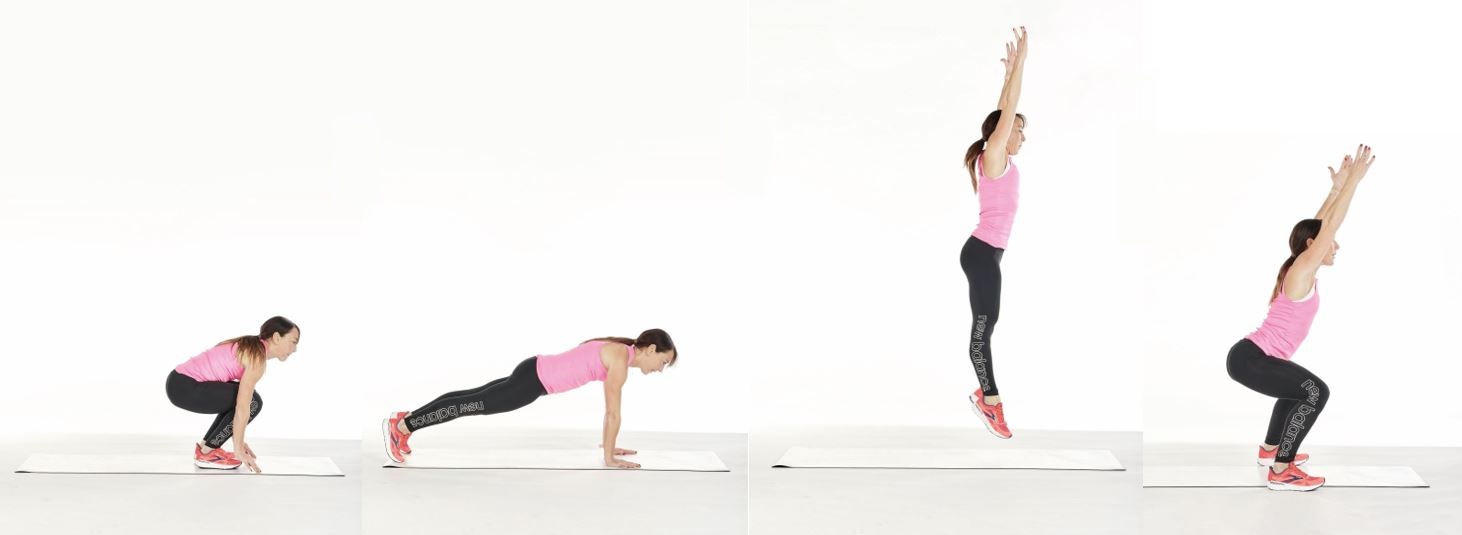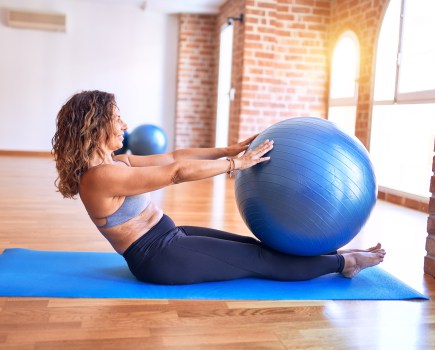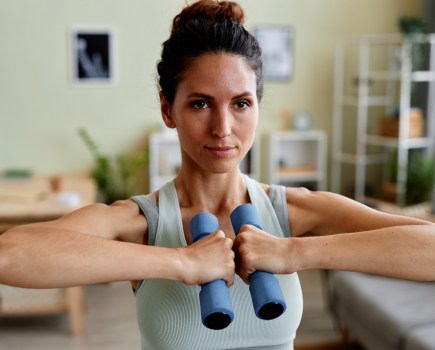You might groan when your class instructor or personal trainer dishes them out, but this classic four-point move will hit every muscle in your body and increase your heart rate for better fitness and conditioning. Here’s how to do a burpee with correct form…
‘Burpees are one of those moves we love to hate,’ says Jack Claxton, level 3 PT and personal training ambassador at David Lloyd Clubs. ‘But this calorie-crushing – often seen as punishing – exercise is effective for a reason!’
Not only is it a compound move that works everything from your legs up to your arms and core, it is also incredibly efficient at burning calories and improving strength, mental and physical fitness and overall co-ordination. However, there are lots of stages to focus on at once, so you need your brain engaged. ‘Think, drop down, jump out, jump in and explode up,’ says Claxton. Yes, you got it!

How to do a perfect burpee:
- From standing, lower yourself into a squat position with your hands placed either side of your feet, knees tucked in.
- Jump your feet backwards into the plank position. Ensure your shoulders are over your hands, your core is engaged and your body is in a straight line from shoulders to feet.
- Next, jump your feet up towards your hands then jump straight up, taking your arms overhead.
- Land softly and squat down, placing your hands either side of your feet, then jump your feet back into the plank position. This is one rep.
Quick technique tips for burpee success:
- Don’t let your hips dip to the floor as you jump your feet out into the plank position. Engage your abs to stop this from happening.
- The burpee can put a lot of stress through your ankles, knees and wrists. Make sure you’ve warmed up thoroughly before doing them.
- Keep your legs and knees together as you jump your feet in and explode up into the jump. Your knees should tuck in neatly between your hands.
- Look straight ahead as you stand up and jump. This will keep your chest up and hips open your hips.
- The burpee can be complex, so don’t be afraid to reduce the intensity. Rather than jump, step your feet out, then step your feet back in.
- As you fatigue, don’t land heavily after the jump – this could hurt your knees and back. When you land, bend your knees slightly to protect them.
Words and model: Lucy Miller | Photography: Eddie Macdonald | Clothing: New Balance







